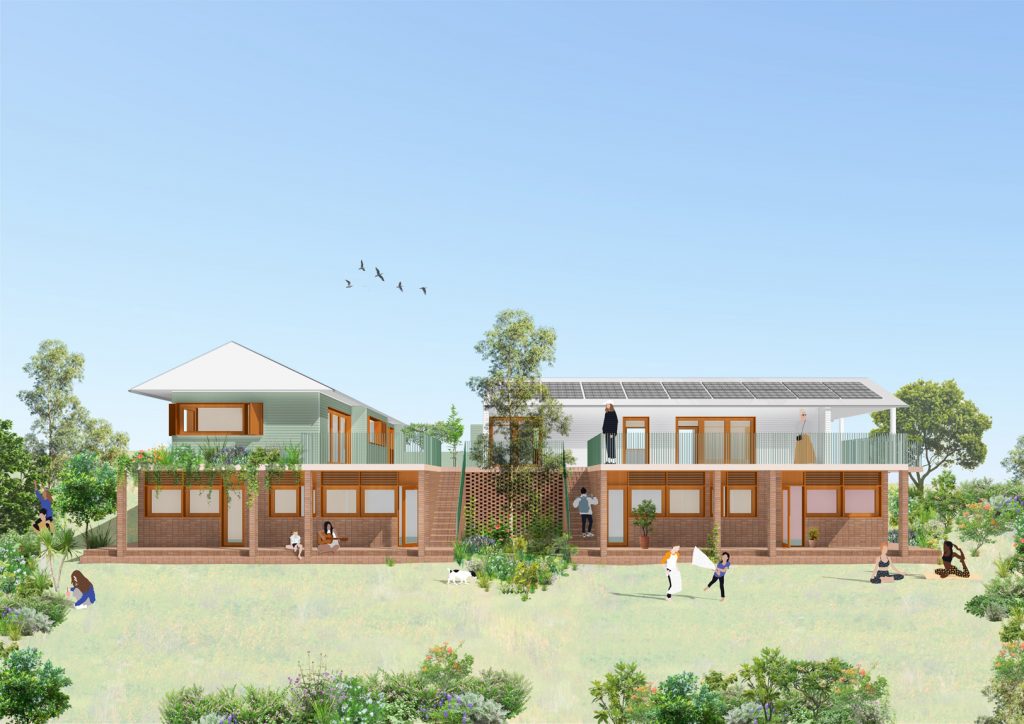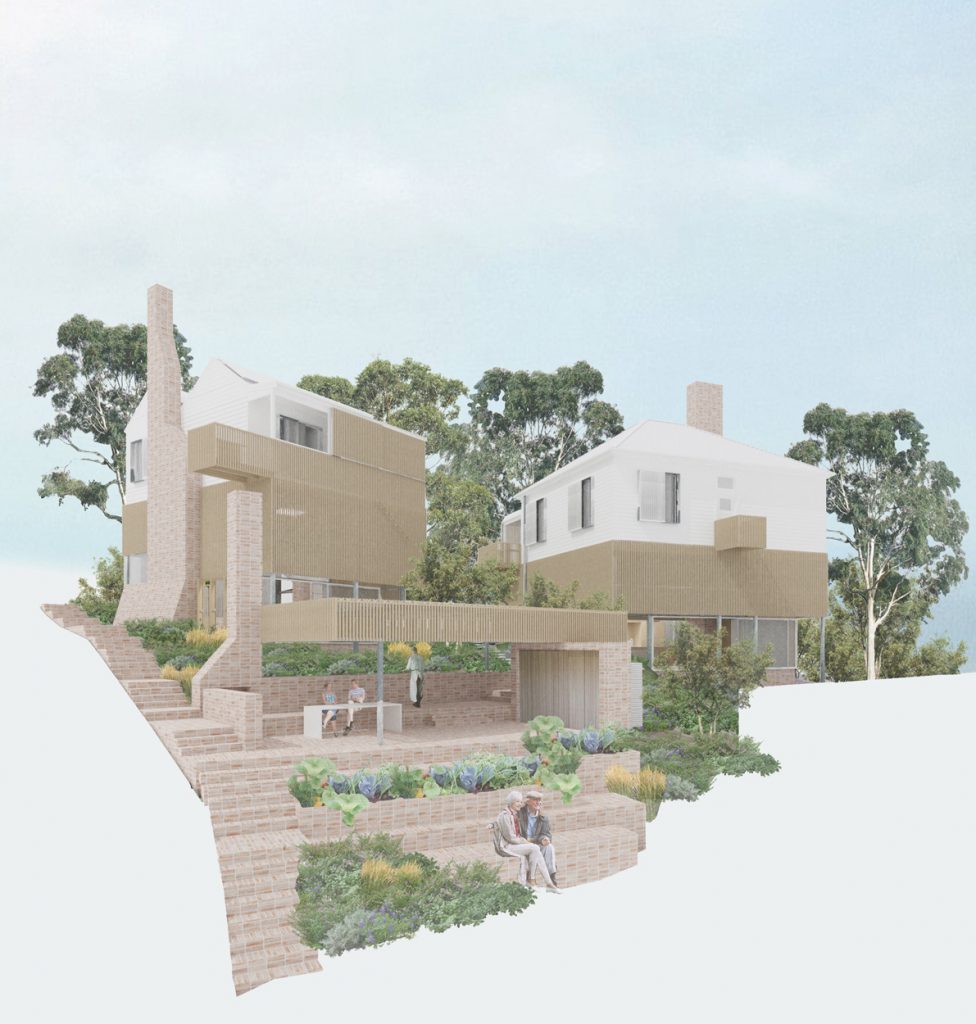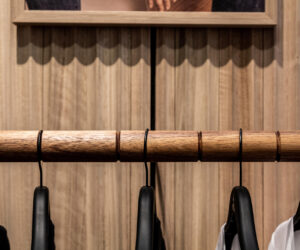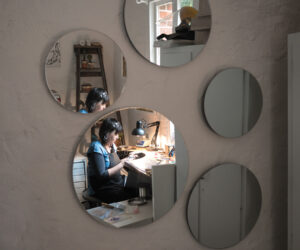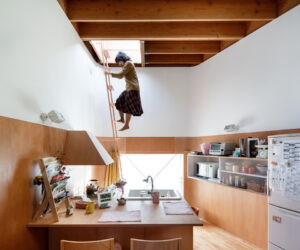Winning entries dream up new ways to dWELL
Groundbreaking housing that mixes the old with the new while putting an innovative spin on conventional urban design has taken out Lake Macquarie City Council’s inaugural dWELL competition.
The blueprint submitted by Newcastle architecture firm Curious Practice calls for key elements of ageing housing stock set for demolition to be revamped and reused to save on materials and maintain some of the aesthetics of traditional suburban homes.
Flexible indoor spaces outlined in the entry mean the home’s layout and use can change as a family’s needs evolve, while smart technology keeps tabs on water and energy use, and strategic design minimises the need for air-conditioning.
Manager Property and Business Development David Antcliff said other important design elements included communal outdoor spaces and public access to some areas to bring people together.
“The dWELL contest aimed to shed light on innovative new housing design that put wellness and sustainability before simply maximising a developer’s profit per-square-metre,” he said.
“We wanted to draw on the creativity and passion of professional architects and tertiary students from across Australia to see what their vision was for the next generation of housing in Lake Macquarie and other urban areas.”
“It has shown us what might be possible, and provides valuable insight as we work towards our Housing Strategy.”
The strategy outlines the need for more medium density housing across Lake Macquarie to handle predicted growth of up to 28 000 new residents over the next 15 years.
“This will create the need for an estimated 13 500 new homes in our city, so we need to start thinking seriously about infill developments, and smaller building footprints driven by sustainable design,” Mr Antcliff said.
Entrants to the dWELL competition were asked to design two dwellings on a vacant block of Council-owned land on Ocean Street in Dudley.
Mr Antcliff said the aim was not necessarily to build on that specific site, but to provide a real-life setting for entrants to consider and work around.
Curious Practice Director Warren Haasnoot said priorities in his team’s design included reducing the building footprint and making them more open to the surrounding environment.
“I think we can be more adaptive and responsive to the environment in which we live,” he said.
“The joy that comes from that, in terms of appreciating that connection back to nature is something that is lost in I guess a broad section of the housing that’s being built.”
The dWELL judging panel included representatives from the University of Newcastle (UoN), Urban Development Institute of Australia NSW and Planning Institute of Australia NSW.
Dr Chris Tucker, from UoN’s School of Architecture and Built Environment, said the Curious Practice design was “a stand-out”.
“It comprehensively looked at issues of sustainability and the technology that it was employing is really an old technology but something that I think that we’ve perhaps forgotten in our new houses,” Dr Tucker said.
“These houses are around 170-square-metres and 100-square-metres, so they are smaller than the average, but they are more spacious.”
“They have higher ceilings, they use outside spaces, they draw them inside the house to make that house feel larger.”
The judging panel awarded the competition’s student category to a University of Melbourne architecture student team.
Their ‘InBetween House’ design envisages two modular homes on the site, with separate levels that could be adapted for use as a home office, accommodation for multiple generations in a family or as separate housing units.
“One of the themes we saw consistently across all finalists was a much greater focus on our connection to nature, blurring that line between indoors and outside, and an emphasis on the importance of connecting with our neighbours and the community,” Mr Antcliff said.
Mr Antcliff said further investigation would take place to determine whether Council would refine and progress the winning designs to construction, and if so, where.
“If we do move ahead with these designs, community consultation will form an important part of the process.”
